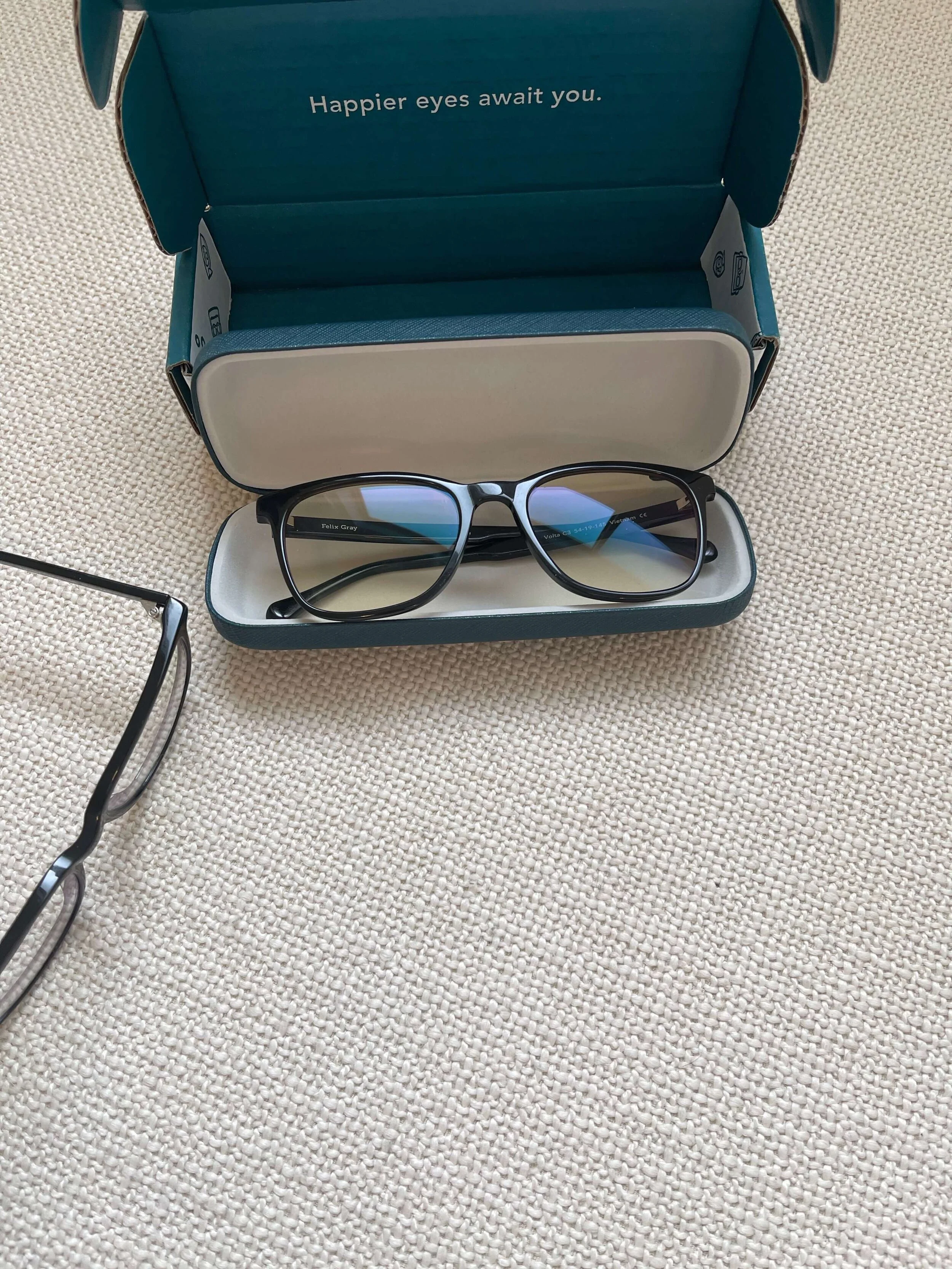Living in the age of COVID-19: Teaching our children to practice social distancing will be tricky
No more hugs, kisses, handshakes, and fist bumps. As of March 11th, 2020, COVID-19 is officially a pandemic and the US has over 1000 positive COVID-19 cases. Many experts predict coronavirus will infect 40-70% of the world’s population; that’s over three billion people who will have COVID-19 in 2020. While there may be no way for the world to contain the virus now, we can still do our part to slow and flatten the curve of the spread of coronavirus disease. We may have to cancel everything, practice social distancing ourselves and teach our children to do so as well, continue to wash our hands properly, and try to maintain our sanity in the case we need to go into self-quarantine for 14 days.
“Social distancing means remaining out of congregate settings, avoiding mass gatherings, and maintaining distance (approximately 6 feet or 2 meters) from others when possible.”- CDC
“Social distancing is the only way to stop the coronavirus. We must start immediately.”-The Atlantic
How can we enforce social distancing in our children? How can we help children to practice social distancing?
While coronavirus diseases seems to spare children (COVID-19 is not killing children or making them seriously ill), children may be stealth carriers and vectors of COVID-19. While they may not succumb to COVID-19, they may be spreading coronaviruses to their adult loved ones, including their older adult grandparents who are more susceptible to the disease. Unfortunately for our world, social distancing will be tricky for children to practice consistently. (How do small children approximate a distance of six feet or two meters?) Most American children are still attending school; only a minute fraction of schools across the United States are currently closed. Schools are closing when there is a confirmed case of COVID-19; by that time, it’s already too late to slow or contain the spread. Children are loving and wonderfully social creatures. They love to explore their environments and touch the world freely, which includes themselves and each other. Teachers and the adults at schools must often tell children to keep their hands to themselves. “Hands to self!”
-Nicholas A. Christakis, a Yale professor of social and natural science
To start, we can teach children to give elbow bumps.
Children should avoid fist bumps as they often rub their eyes with the back of their hands and fingers when they are tired, or when their eyes are itchy. We can tell them to wave hello instead of giving hugs and kisses. -philandmama.com
Even adults rub their eyes with the back of their hands and fingers when their eyes are itchy or tired. One study finds fist bumps’ transmission of bacteria to be lower than hand shakes and high fives; however, this still means it’s still possible to transmit viruses through fist bumps.
Additionally our children should continue to sneeze and cough into their sleeve-covered elbows. While washing their hands with soap and water, they can sing the “Happy Birthday” song. Remind children to wash the backs of their hands. The backs of their hands are often ignored during hand-washing.
Wash your children’s clothing everyday. While your children are at school, their clothing and shoes may pick up coronaviruses. Leave shoes by the door of your house.
And if your children are going to use hand-sanitizer, warn them not to inhale or smell their alcohol-soaked hands.
It is normal to be scared and anxious during these frightening and unsure times. Parents and guardians should have frank discussions with their children about coronavirus and COVID-19. Most importantly we should teach our children that the disease is the enemy, not the people who have it, or the people from the country where the disease had originated.
“Social distancing doesn’t have to be draconian.”-QUARTZ
This illustration, created at the Centers for Disease Control and Prevention (CDC), reveals ultrastructural morphology exhibited by coronaviruses.
COVID-19 FAQs
What is coronavirus? Coronaviruses (CoV) are zoonotic viruses, transmitted between animals and people. These viruses cause illness that range from mild, severe, to fatal.
What are the symptoms of COVID-19?
Fever
Fatigue
Sore throat
Dry cough
Respiratory problems such as difficulty breathing
What is isolation? When someone has a confirmed diagnosis of COVID-19, this person should stay at home, or at a designated facility, away from others. This includes isolating oneself from family members, friends and loved ones who do not have COVID-19.
What is quarantine? Let’s say Person A has been exposed or in contact with a person or people who have COVID-19. Person A should go into self-quarantine for 14 days, staying in the house and avoiding public spaces, public transportation, work, and crowds. This prevents spread of COVID-19, in the case Person A is has COVID-19.
Can antibiotics cure COVID-19? No. Antibiotics attack bacteria and treat bacterial infections. COVID-19 stems from viruses. If you have COVID-19 and a bacterial infection like bacterial pneumonia, you may have to take antibiotics to treat the bacterial infection. Viral infections are treated with anti-viral medications.
Resources for families
Keeping the workplace, school, and home safe during COVID-19 outbreak














Here’s my honest review of Baabuk urban runners